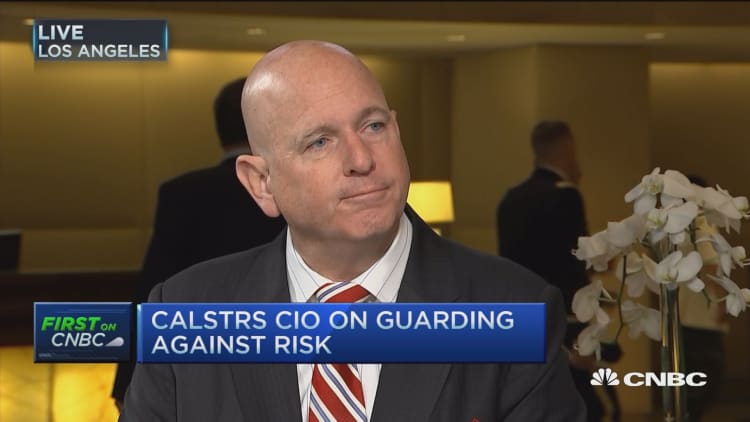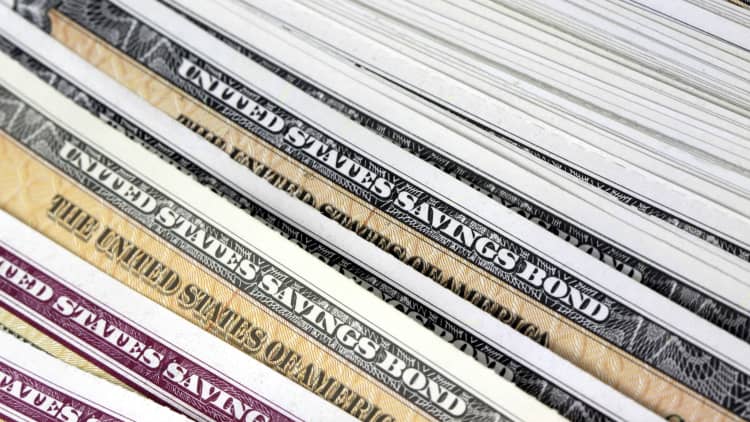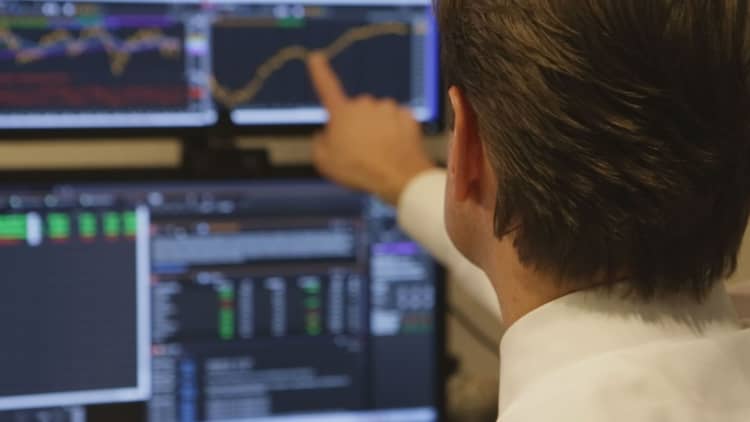


The compensation model that has enriched hedge fund managers for years is not long for this world, CalSTRS Chief Investment Officer Christopher Ailman said Monday.
To find yield in the current low-interest-rate environment, CalSTRS has invested in select hedge funds. But Ailman said the pension fund is not paying the alternative investment class's notoriously high fees.
"Two and 20 is dead. People have to understand that. That model has been broken," he said during an interview on the sidelines of the Milken Institute Global Conference on CNBC's "Squawk on the Street." Ailman was referring to the typical hedge fund fee structure in which portfolio managers charge 2 percent of total asset value and 20 percent of the portfolio's returns.
Investors pulled more than $15 billion from hedge funds in the first three months of the year, making it the worst quarter for managers in seven years, the Financial Times reported last month.
To be sure, CalSTRS has considerable heft to negotiate, being the nation's second-largest pension fund with a portfolio valued at about $186.8 billion as of March 31.
"We have a size advantage," Ailman said. "We already are negotiating. Our staff has put on their boxing gloves and gone in there and just laid it out, what we're looking for."
Ailman acknowledged that new funds will continue to ask small investors to pay 2 and 20, but said in most cases the split has come down.
CalSTRS is currently pursuing a risk-mitigation strategy, but not because it is worried about the broader market, he added.
"It's all back to that point of having a balanced portfolio, being exposed to GDP growth, but then also having some balance on the other side because we are going to have U.S. recessions and we're going to have global recessions," he said.
"This is a low patch, but we think, overall, growth will come through."


